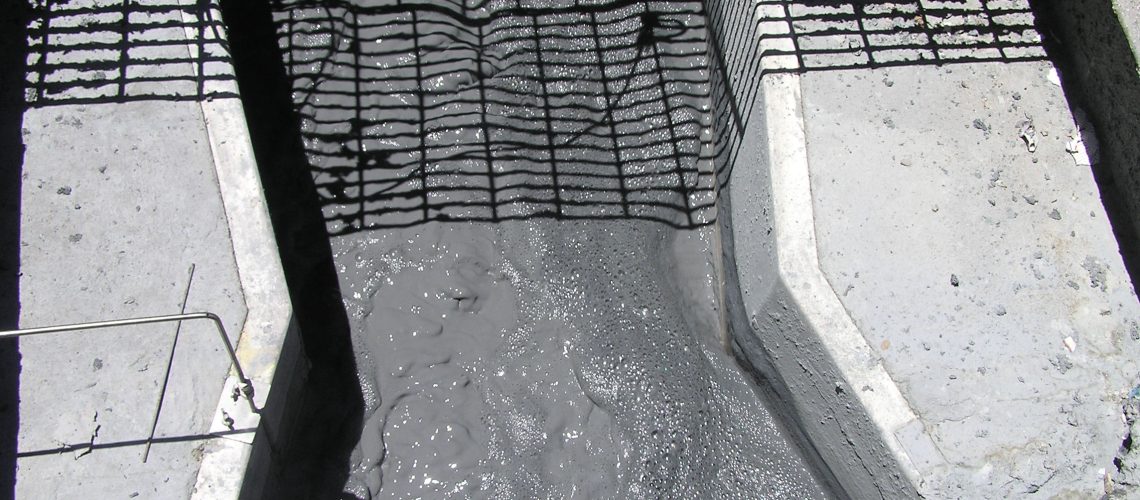When you’re looking to measure open channel flow rate, there are two basic devices you can choose from. Both weirs and flumes can work for certain flow conditions, but there is no universal choice that’s best for everyone. You’ll have to examine the offerings of both to determine what’s best for you. Here’s everything you need to know about weirs vs. flumes to discover which would be best for your flow channel conditions.
Weir Benefits
The best benefit of a weir is that it’s the simpler of the two devices with easy installation and construction. That alone will cut down on labor costs significantly. The accuracy of weirs is also quite impressive, with sharp-crested weirs boasting error rates of just +/- 2%. Additionally, there are universal measurement equations that can be applied to weirs provided they are at an angle between 25 and 100 degrees.
Weir Drawbacks
While weirs certainly have a lot to offer, there are some drawbacks as well. Weirs are more accurate than flumes, but that’s only the case when a weir is applicable to your situation. Weirs only cover a small range of flow conditions, and even when compared to some flumes in ideal conditions, the advantage of the weir’s accuracy is functionally negligible. Installation of weirs may be easy, but it still requires certain conditions to be met first. For example, the downstream water surface should be 6 inches lower than the elevation of the crest to properly aerate the nappe. If that aeration doesn’t occur, the discharge and your measurements will be altered.
Flume Benefits
When you opt for a flume, there are a variety of benefits you can enjoy. One of the most prominent is that flumes are remarkably easy to maintain. They’re largely self-cleaning, so any maintenance efforts will be far less necessary and costly compared with a weir’s needs. Additionally, flumes are compatible with a wide variety of measurement and control options that can be integrated directly into their design. There are even end adapters and special attachments to make flumes fit in any flow channel easier. Plus, flumes have a greater resistance to submergence, while weirs are vulnerable anytime there’s an increase in the downstream water levels.
Flume Drawbacks
Of course, flumes present a few drawbacks as well. Flumes are typically larger than weirs, so fabrication costs are going to be higher simply based on the amount of material required. The accuracy of flumes can also vary quite a bit depending on what style you opt for, with some styles simply being unable to match the accuracy of a weir no matter what. Because of the size of flumes, their installation is also a bit more complicated and costly. You may find yourself having to elevate the flume area or adjust all the downstream hydraulics.
Weirs and Flumes From Tracom
No matter which side you land on when it comes to weirs vs. flumes, you can find yours at Tracom. Our team excels at producing state-of-the-art custom fiberglass wastewater solutions that you can have specially made for your unique flow channel conditions. Contact us today to learn more!



